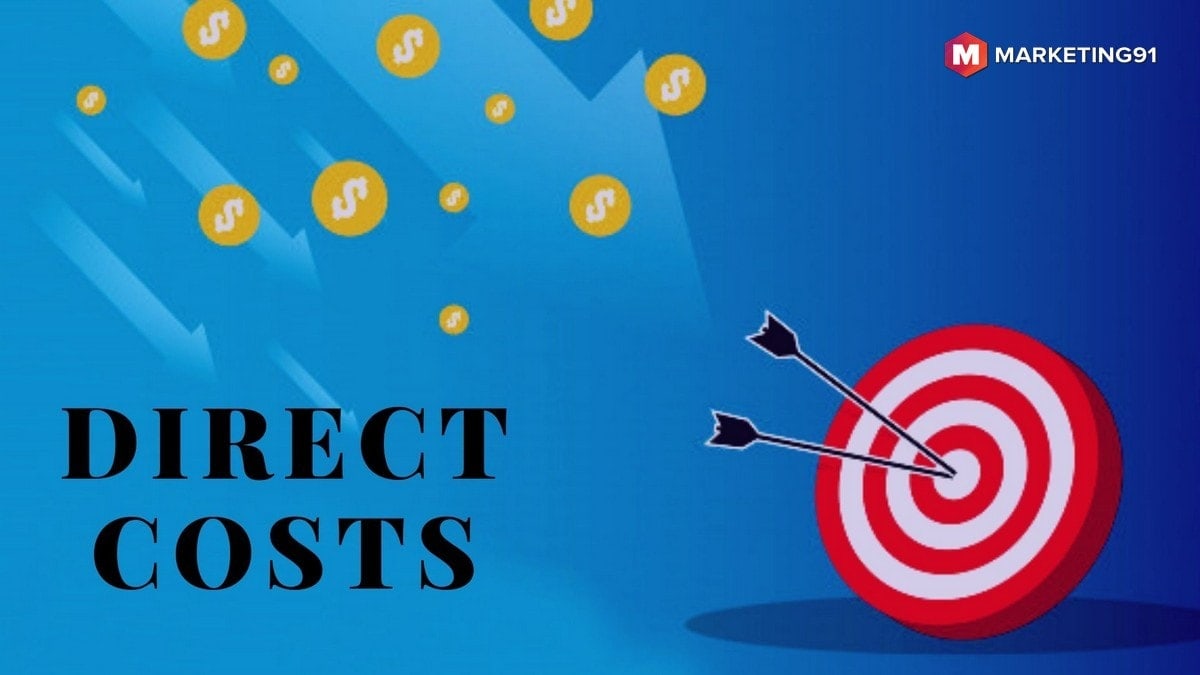
Direct Costs: Meaning, Examples and How to calculate direct cost?
Direct Costs: Meaning, Examples and How to calculate direct cost?
Direct costs are the costs which are entirely assigned to a particular project. These costs are not divided between different processes taking place in an organization like indirect costs. Direct cots make the most significant portion of the budget of a project.
These are considered as the most critical cost of the production process. In this article, you will learn about the definition of direct cost, different examples, and a method to calculate direct costs.
A direct cost is an expense which is directly associated with a specific cost object such as a business project, production process or department, etc. direct cost is usually a fixed cost, but it varies with the change in the amount of production output.
Table of Contents
What are Direct Costs?
There are mainly two main broad categories of costs involved in a business which are direct costs and indirect costs. Indirect costs are the costs which are not directly associated with a particular project. Click here to read more about indirect costs.
Direct costs take the topmost position in the cost sheet, and they make the 80% part of the total budget allotted to a project. For example, expenses required to buy raw material for the production process is an example.
The raw material can only be used for the production process and cannot be used in any other way. Therefore, the cost of raw material cannot be divided between different processes taking place in an organization like indirect costs.
Examples
Show 102550100 entries
Search:
RAW MATERIALRAW MATERIAL IS CLASSIFIED AS A DIRECT COST SINCE IT A MUST FOR THE PRODUCTION PROCESS. THE COST OF RAW MATERIAL IS ASSOCIATED WITH THE PRODUCTION PROCESS DIRECTLY.Labor costThe wages provided to the labors assigned with the production process is an example of the direct cost associated with the production of a particular product. It is most common cost incurred by most industries.Machinery costMachinery and tools are essential in any and every industry and without machinery almost no industry can work which is why the cost of these two is directly associated with the production process. while this is the scenario in case of product-based industries, machinery cost may also be associated with service industry. In case of service industry although the major cost is wages and salaries of employees a part of it is also spent on machinery. For example, microwave and coffee machines are used in restaurants.Sales CommissionCommission is provided to sales person in order to boost the sales. The cost of the commission provided to sales persons for the sale of a particular product is directly associated with the product and hence, it is an example of direct cost.Freight In and outThe expenses involved in delivery material in and delivering finished goods out is also a direct cost associated with the production process.
Showing 1 to 4 of 4 entries
PreviousNext
Difference between direct and indirect costs
As we have learned before, direct costs are directly associated with the process, such as the cost of raw material, labor, consumable supplies. These things are only used for the production of a particular product and are irrelevant for any other process in the organization.
Whereas indirect costs are the costs involved for supplies which are used by more than one process. For example, office supplies, salaries of accountants and office assistants, rent of building, electricity and internet expenses, etc.
DIRECT COSTSINDIRECT COSTSDirect costs are directly associated with a production process or business project.Indirect costs are not directly related to a business process or production process.Direct costs are easy to calculate.Indirect costs are not easy to calculate.Direct Costs can be expended on a single cost object such as a particular production process.Indirect costs are expended on multiple cost objects as are can’t be associated with a single process.Direct costs are variable in nature as it increases with the increase in the production unit.Indirect costs are fixed in nature and they usually don’t change with the change in the production amount.Direct costs are placed at the top of the cost sheet of a process.Indirect costs are placed at the end of the cost sheet as they are included in the cost sheet once the direct costs are ascertained.The total direct cost of a process is referred to as prime cost in the cost sheet.The total indirect cost of a process is referred to as overhead cost in the cost sheet.Direct costs are attributable.Indirect costs are not attributable.Examples of direct costs are cost of raw material, cost of labor salaries, etc.Examples of Indirect costs are the cost of tools and building depreciation value or rent, advertisement, marketing, office supplies, etc.
Why learn the difference between direct costs and indirect costs?
There are various costs associated with a single business process or production process. As we have learned, there are different types of costs which are related to a process directly or indirectly.
Costs which are directly related to a process can be calculated easily and can help in calculating profit made by the process easily, whereas the costs which are not directly associated with the process are difficult to calculate and hence, always remain uncertain.
They make it difficult to calculate the profit made by a business process. Therefore, it is important to learn both types of costs associated with the business process and key differences between both of them.
So that all types of costs from major costs such as raw material costs to the smallest costs such as office supplies can be included in the budget decided for the process. Knowing all types of expenses can help you in calculating profit made by a particular production process.
How to calculate direct costs?
Direct costs make the largest portion of the budget. Therefore, it is important to learn and calculate them so that they can be minimized and profit can be increased.
The calculation process of indirect cost is simple and is less complex than calculating indirect costs. Click here to learn how to calculate indirect costs.
As direct costs are directly associated with a single process and cannot be used for any other process, the direct costs involved in a project can be calculated by simply adding all direct costs in the process.
Next, you will learn step by step process to calculate the direct costs with the help of an example.
1. List all the direct costs involved in the process:
There are various direct costs involved in the production process. It is advisable to make a list of all possible direct costs before you prepare a budget. Let us take an example of an XYZ company which is going to start the production process of product ABC.
A budget is needed to be allotted for the production process. The budget can be prepared by calculating all types of direct costs such as cost of raw material, labor cost, machinery cost, consumable supplies’ cost, packaging cost, and sales commission.
2. Mention the direct cost of each expense:
In the next step, assign the value of direct cost for each expense. The value can’t bee picked randomly. It should be calculated as per the requirement of the production output. Let us assign a cost to each expense involved in the production of product ABC of our example.
The raw material is the most important part of the production process. The production process can’t even begin without having the raw material. Let us assume the raw material required for the production of product ABC is of value $20,000. Similar, let us assign the value to each production expense.
Here, we are assuming the values. Otherwise, these values are taken after analyzing previous projects and comparing supplies from different vendors. The budget allotted for labor is $10,000.
The cost of the machinery required is $50,000, and the cost of consumable supplies, packaging, and sales commission is $8000, $3000, and $10,000 respectively.
3. Add up all the direct costs associated with the production process:
The total direct cost of the production process will be calculated by adding up all the direct costs of the production process.
Cost of raw material = $20,000
Cost of labor = $10,000
Cost of machinery = $50,000
Cost of consumable supplies = $8000
Cost of packaging = $3000
Cost of sales Commission = $10,000
Total Direct cost = $101,000
The total direct cost of production of the production process of product ABC is $101,000, and the total cost of production of product ABC will also contain the indirect costs. The sum of direct costs and indirect costs will make the total cost of production.
The project can only be profitable if only revenue generated will exceed the total cost of production.










